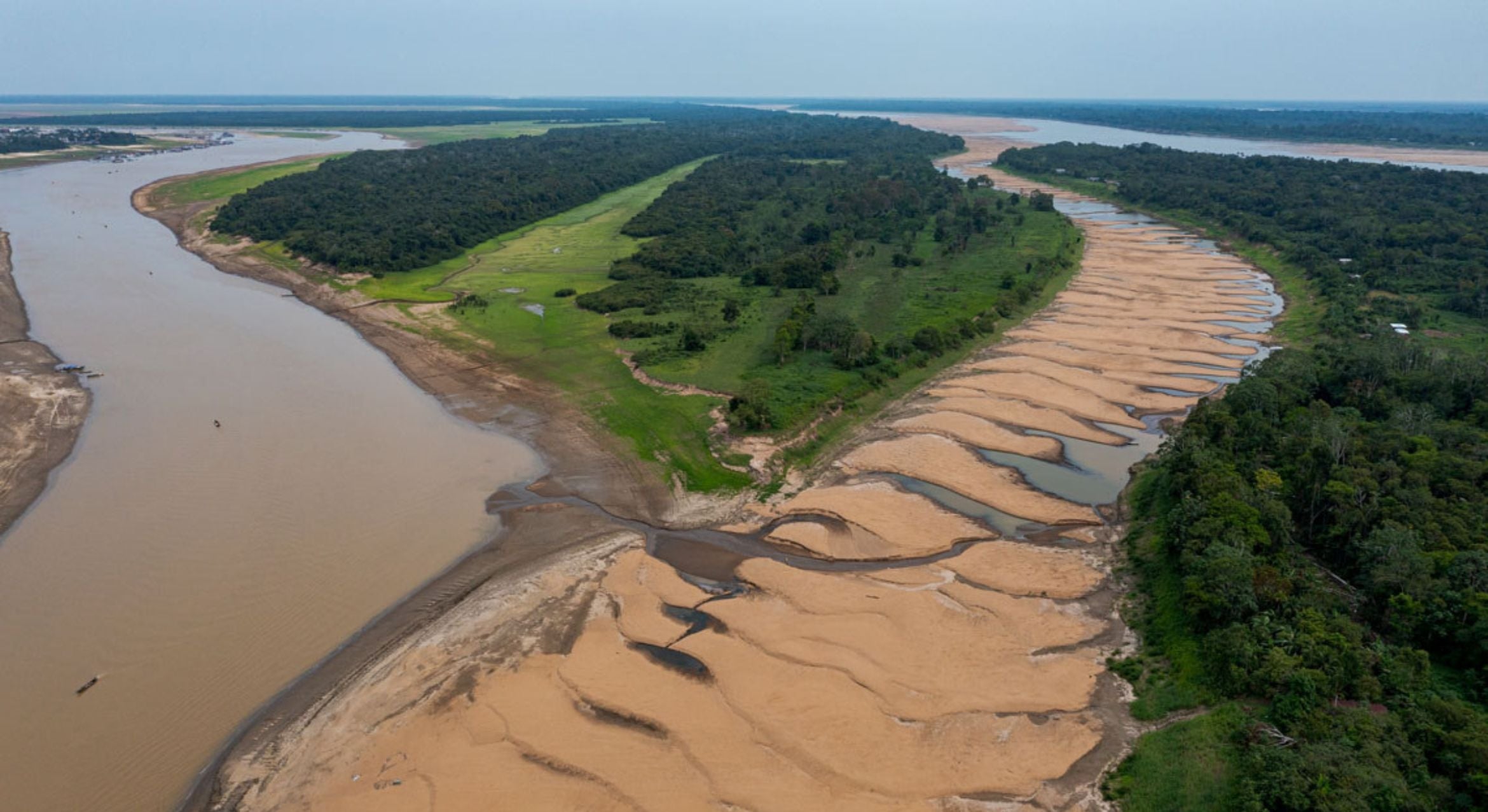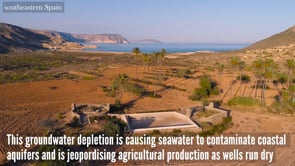What's Current in
Climate Change
Featuring research and hands-on efforts around climate change
Image
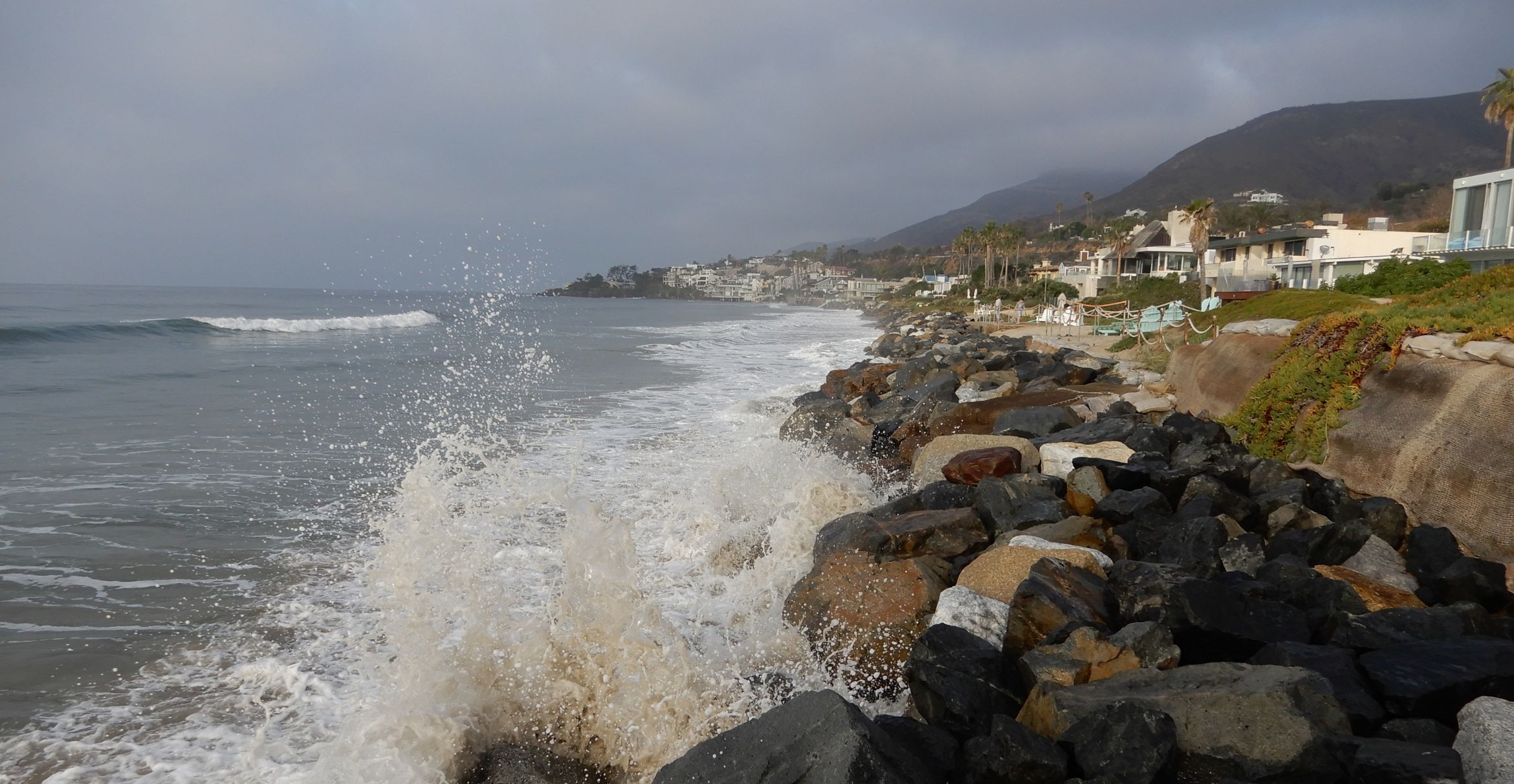
Photo Credit
Charles Lester
The ocean is advancing on California, and we need to determine how we will respond.
Image
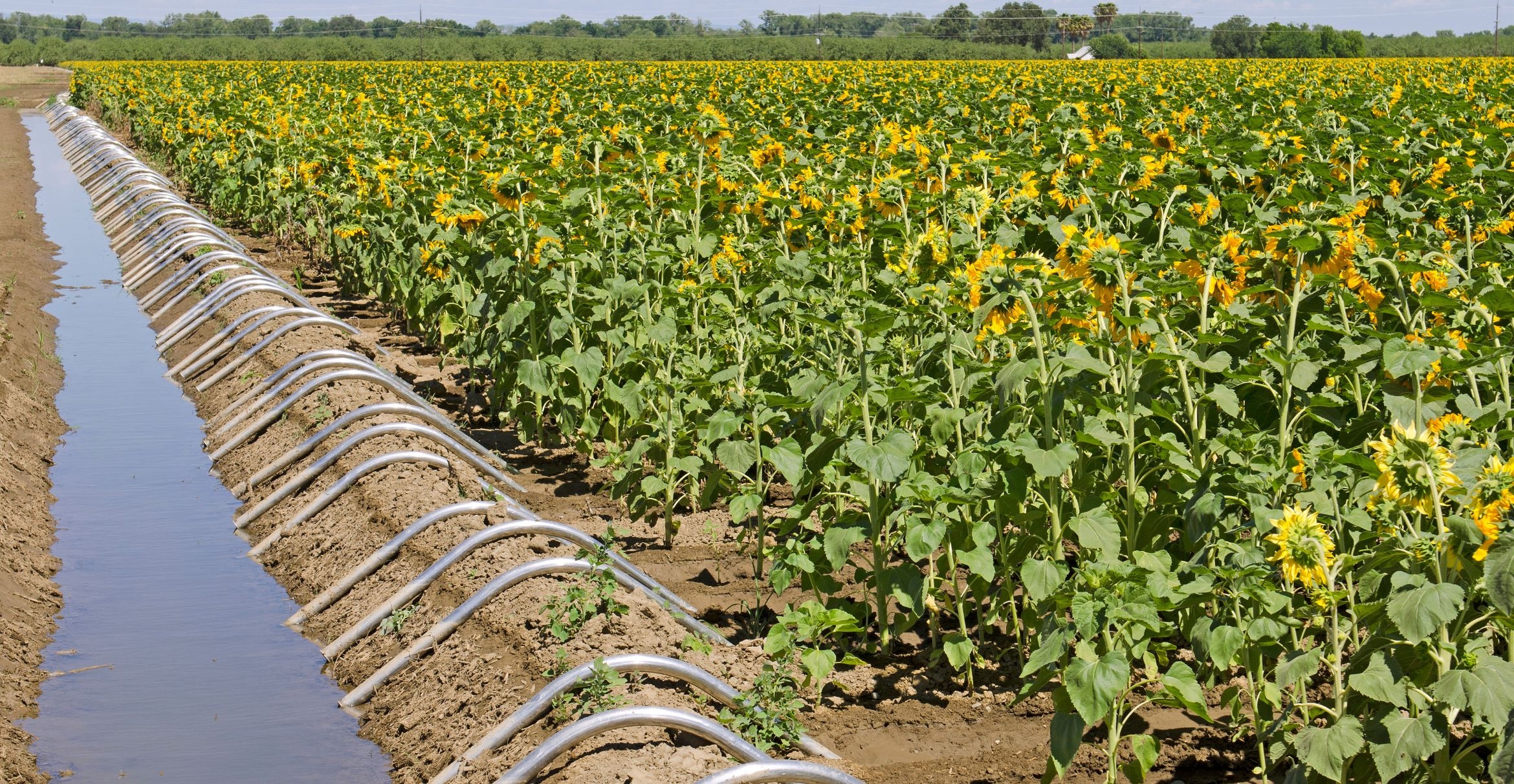
Photo Credit
Tfoxfoto via iStock
Tweaks to farming practices could preserve some of California’s declining water resources.
Image
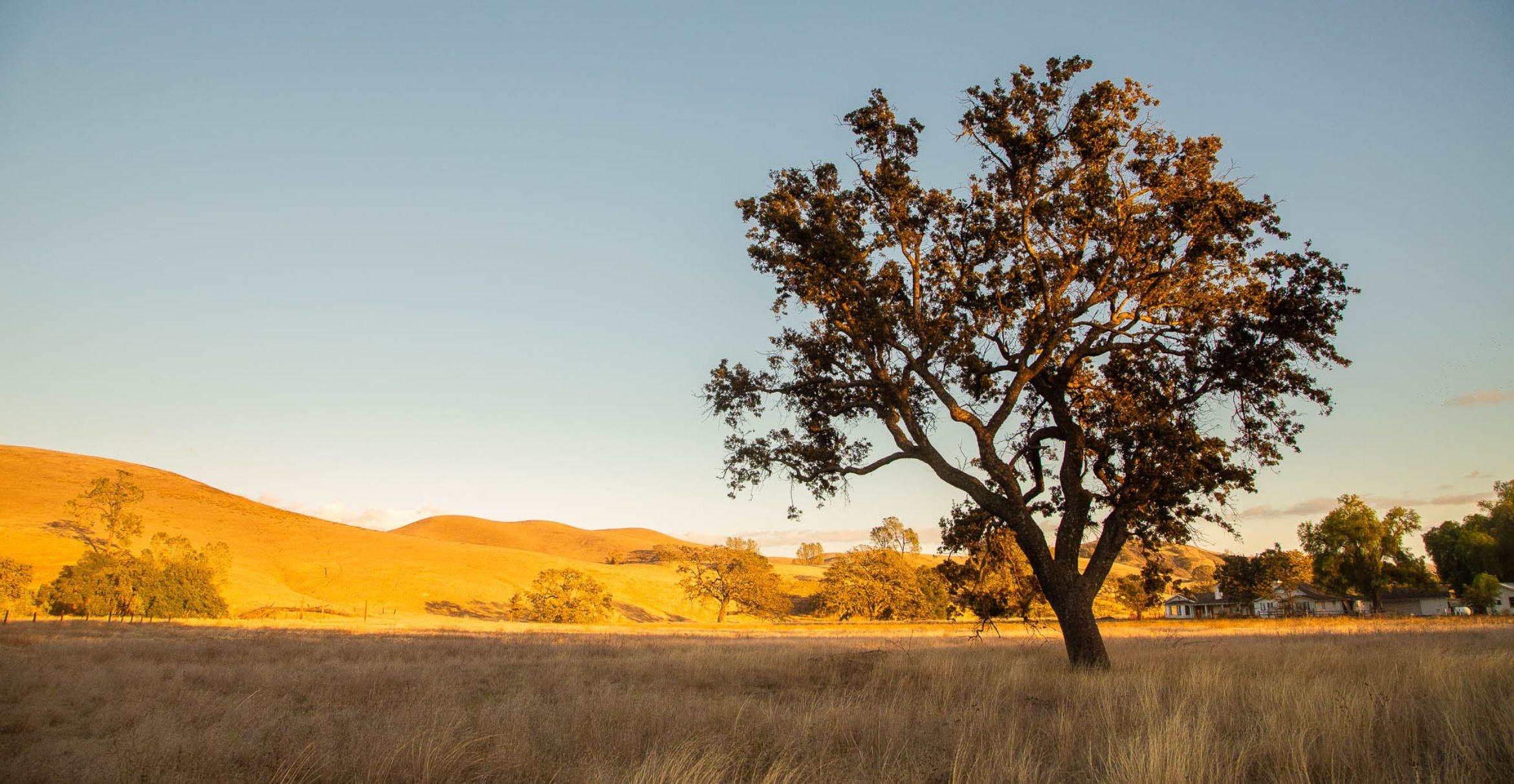
Photo Credit
Matt Perko
The rolling hills of Sedgwick Reserve offer a testbed for researchers to probe grassland ecology.
Image

Photo Credit
Lorie Shaull via Wikimedia
Climate concerns likely gave Democrats the White House in 2020
Image
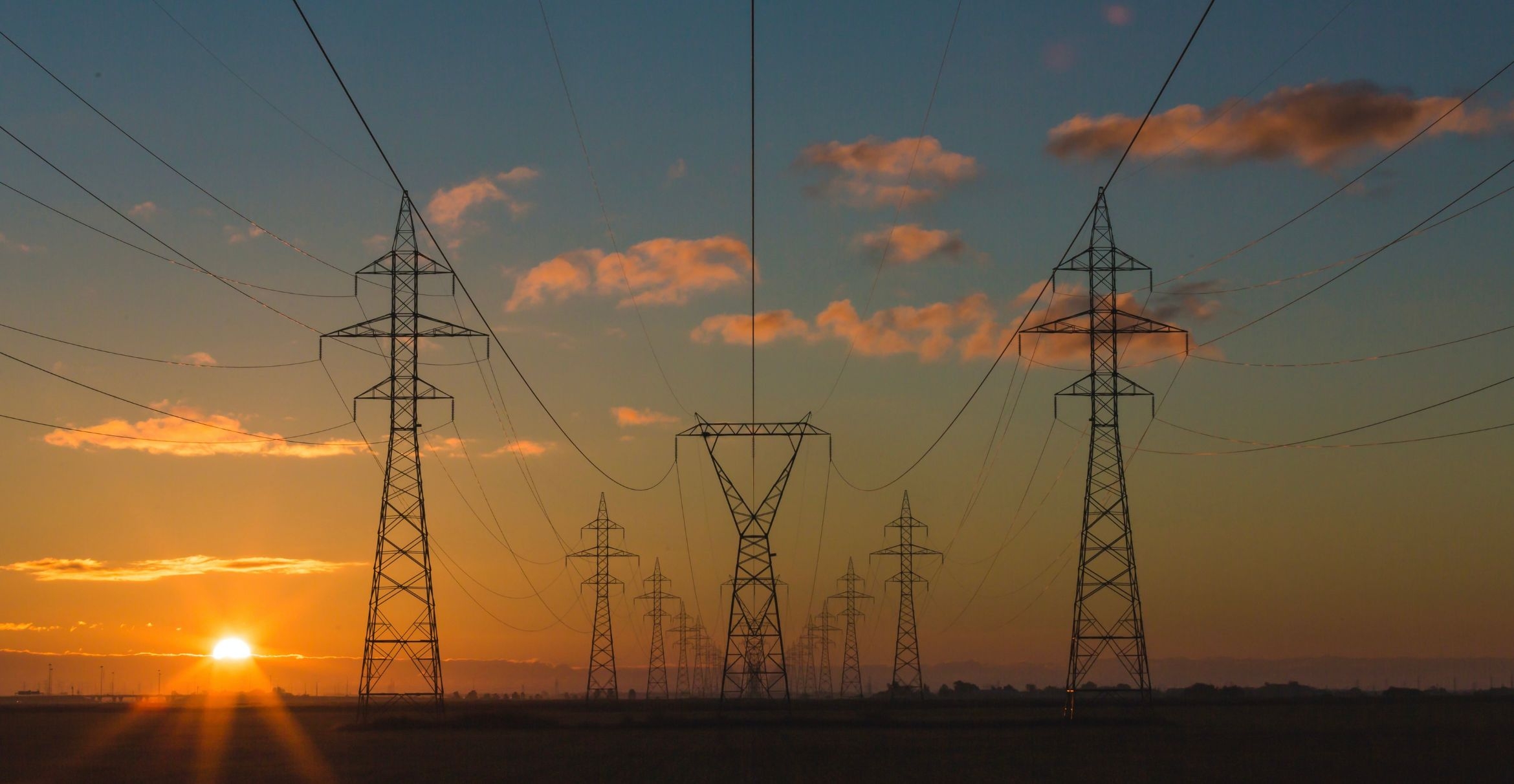
Photo Credit
Matthew Henry via Unsplash
Decarbonizing the grid is the dawn of a new era of electricity.
Image

Photo Credit
Matt Perko
Image
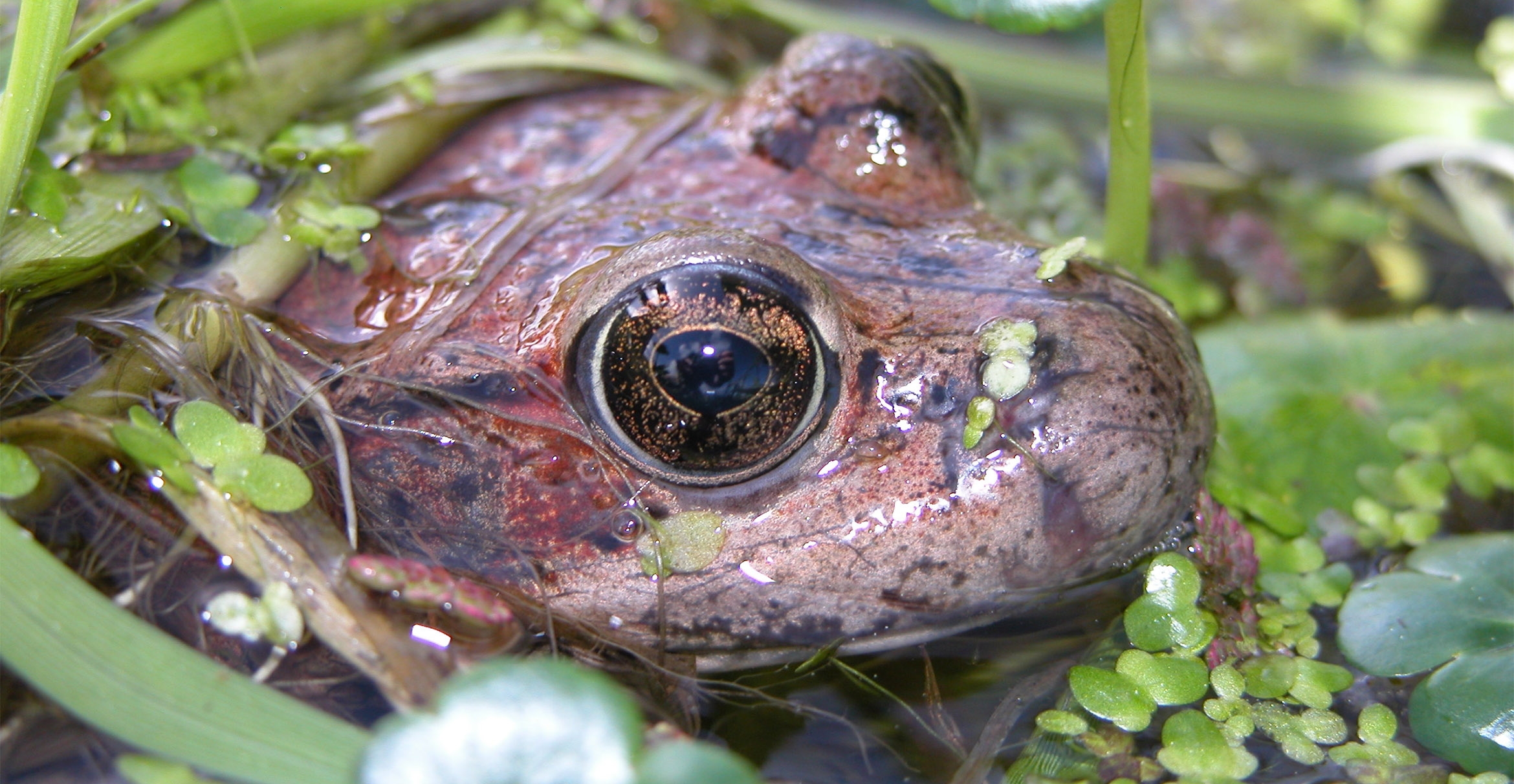
Photo Credit
Gary M. Fellers/USGS
California red-legged frog (Rana draytonii) surfaces in a pond in Point Reyes National Seashore, Calif.
